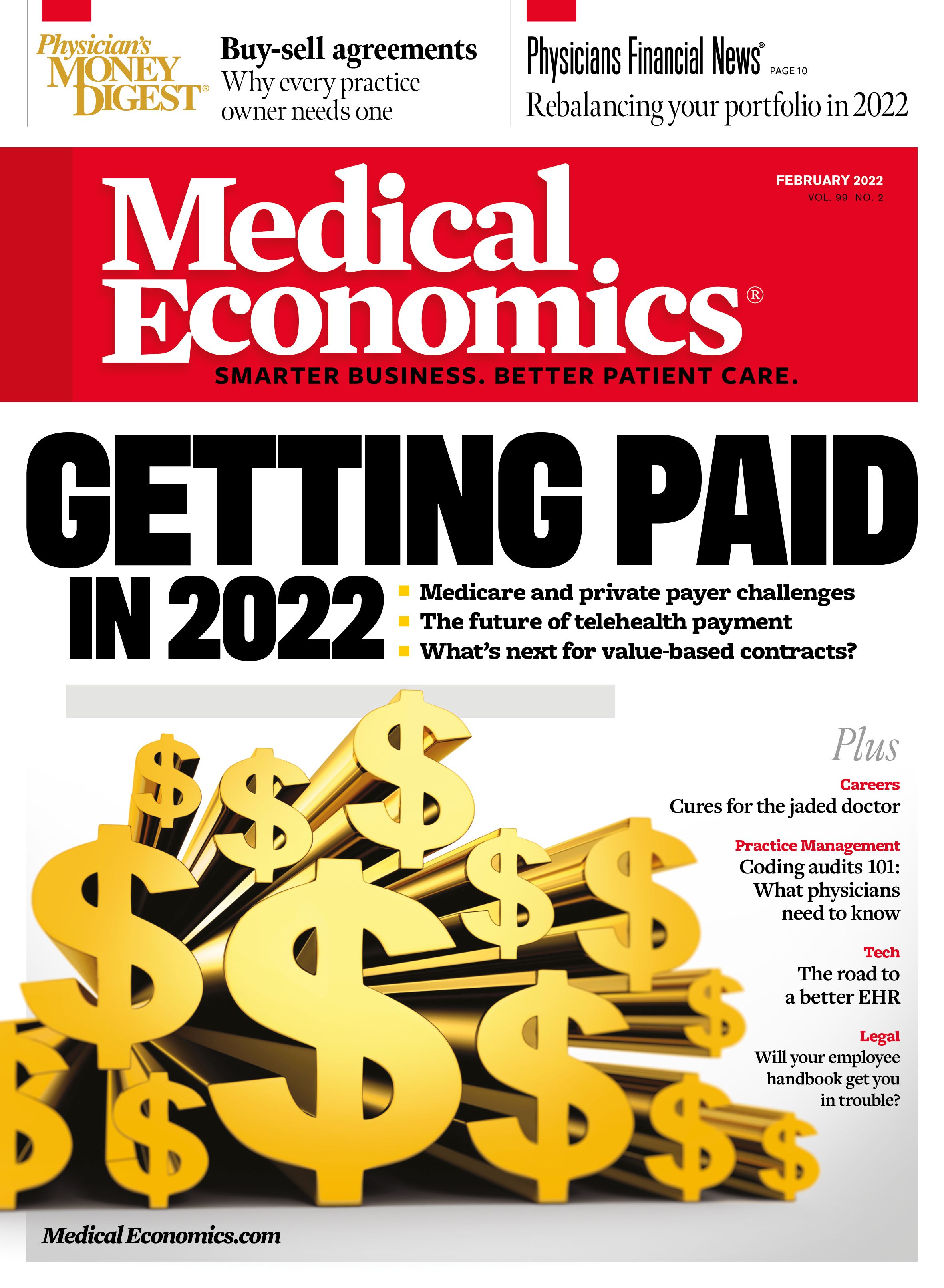Publication
Article
Medical Economics Journal
Buy-sell agreements: Why you and your practice need an exit plan
Author(s):
Creating a strategic exit plan from your practice is an important step that many physicians put off.

A private practice physician’s career, as with many other professionals and entrepreneurs, is focused on growing their practice and serving their patients. Considering when and how they will inevitably exit their careers and, more importantly, create a “strategic exit plan” doesn’t tend to be the highest priority.
Certainly, focusing on serving patients is to their credit, but many doctors over time slip into a “die at the desk” mentality. Their practice is who they are, and their last day in the office has a greater chance of ending with their being carried out than exiting gracefully with a retirement party.
During their lifetime work, doctors do everything in their power to keep patients healthy, but they also know more than most that life is not always predictable; yet, successful practitioners often don’t make any preparation for ending their practice if their lives end earlier than expected.
If we have learned anything during the COVID-19 pandemic, stuff happens — many times outside of what we planned. Doctors and other medical professionals were frequently exposed to danger. What happens if we don’t make it to the office tomorrow? Our patients, staff and a lifetime of work dissipates into the air?
Having a contingency plan isn’t a planning option. It is a necessity.
Whether you are a solo practitioner or part of a large, complex medical group, a “buy-sell” arrangement is a must-have for private practices to protect their family, employees and patients. Your family deserves the economic value of your life’s work, your employees deserve the assurance they will remain employed and your patients need to know that their medical needs will be met.
We encourage our clients to have a buy-sell agreement that addresses the five Ds:
Death: Premature death is the most common item in a buy-sell, whether a solo practitioner or part of a group.
Disability: If you can no longer perform in your area of practice, disability insurance may cover a portion of your income and overhead, but what if you can never return to the practice of medicine? Make sure your agreement covers this possibility.
Divorce: In the event of a partner’s divorce, the shares of the practice cannot be left in jeopardy of going to the person who divorced a partner.
Disagreement: If partners can’t agree on major business decisions, a clause must be exercised to settle the agreement and potentially divide the practice.
Departure: If one doctor decides to retire while others want to continue, what is the valuation method and payout structure for the doctor who is retiring?
I have had the privilege in my 17-year career in financial services of working with many family medicine groups, dental practices and specialized doctors such as aestheticians. What I have found is that many are great businesspeople and certainly highly educated. But most don’t realize the inherent value of the practice they have created. It’s also important to recognize the value of the after-tax income the business produces — and that it may be your largest asset.
It’s critical to plan the eventual exit of your medical practice, just as you would a business. The appropriate time, attention and team are necessary to ensure maximum value.
Ben Soccodato, CFP, ChFC, RICP, CExP, ChSNC, AIF, can be reached at bsoccodato@barnumfg.com or at 914-372-2929. He is a registered representative of and offers securities and investment advisory services through MML Investors Services, LLC. Send your financial questions to medec@mjhlifesciences.com.






